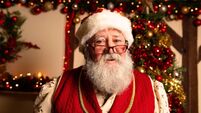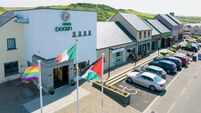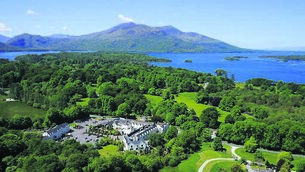John Creedon: My life-long fascination with place names
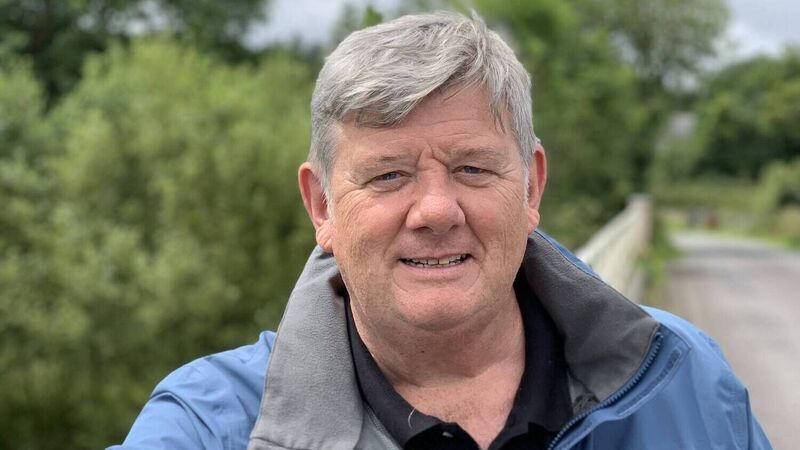
John Creedon: The latest series of Creedon's Atlas of Ireland premiers on RTÉ One on Sunday, March 7, at 6.30pm.
John Creedon has been a busy man since he first joined the radio team at RTÉ 34 years ago. Between TV appearances, writing, hosting duties, his namesake radio show, and starring in multiple documentaries, Creedon has become a household name in Ireland over a long broadcasting career.
Even a pandemic couldn’t stop his stardom, proven by the fact we have to postpone our interview as he prepares to launch the latest season of his show , which first premiered in 2019.
He’s on his way out of RTÉ studios when he finally has a moment to chat, having to drop in at the last minute to help with something.
“I’m fairly conservative when it comes to this thing,” he says of the pandemic. “I want to get to the far side without giving it to or getting it from anyone. It’s painstaking and it's a very subliminal pressure, but I feel very fortunate because it must be really tough on some people. I’ve been as busy as ever and it’s something I’m very grateful for.”
is the Cork city native’s tenth summer series on Irish television and it's been one of his favourite projects to work on, fuelled by a love affair with Irish history.
The starting point for his life-long fascination with place names began along the rugged coastline of West Cork.
“This show has been a real labour of love for me. It probably has to do with my travels to West Cork with my parents as a child. Around my father’s place there’s Tír na Spideoga, the land of the robins; Poll na Airgid, the hole of the money; Glean Garbh [rough glen], Glengarriff. I just found a beauty about the names.”
Speaking with Creedon — also known as Creedo to some — one quickly notices just how well-read the modest RTÉ legend is.
He continues to rattle off Irish place names in a smooth rhythm, climbing from West Kerry up along the outskirts of Galway, through Mayo, and up to Derry, almost in a Gaelgoir flavoured geographical mantra — another area in which his wide array of interests lies.
“I’d dip into anything,” he says, explaining how he has studied nearly every religious scripture out there, from Buddhist texts to the ancient Tao Te Ching manuscripts. He makes another connection to West Cork with this, where he spent a lot of time on family friend Bishop Buckley’s farm as a child.
“Mrs Buckley would rattle a saucepan at dusk and we’d go in for the rosary. It would rattle off and I thought it was so boring. I was like ‘I hate the countryside’,” he says, laughing.
“But I’ve come to understand that it’s a mantra. A meditation. When we were finished it was so peaceful. I met John recently and I told him that I didn’t realise we were actually Buddhists.”
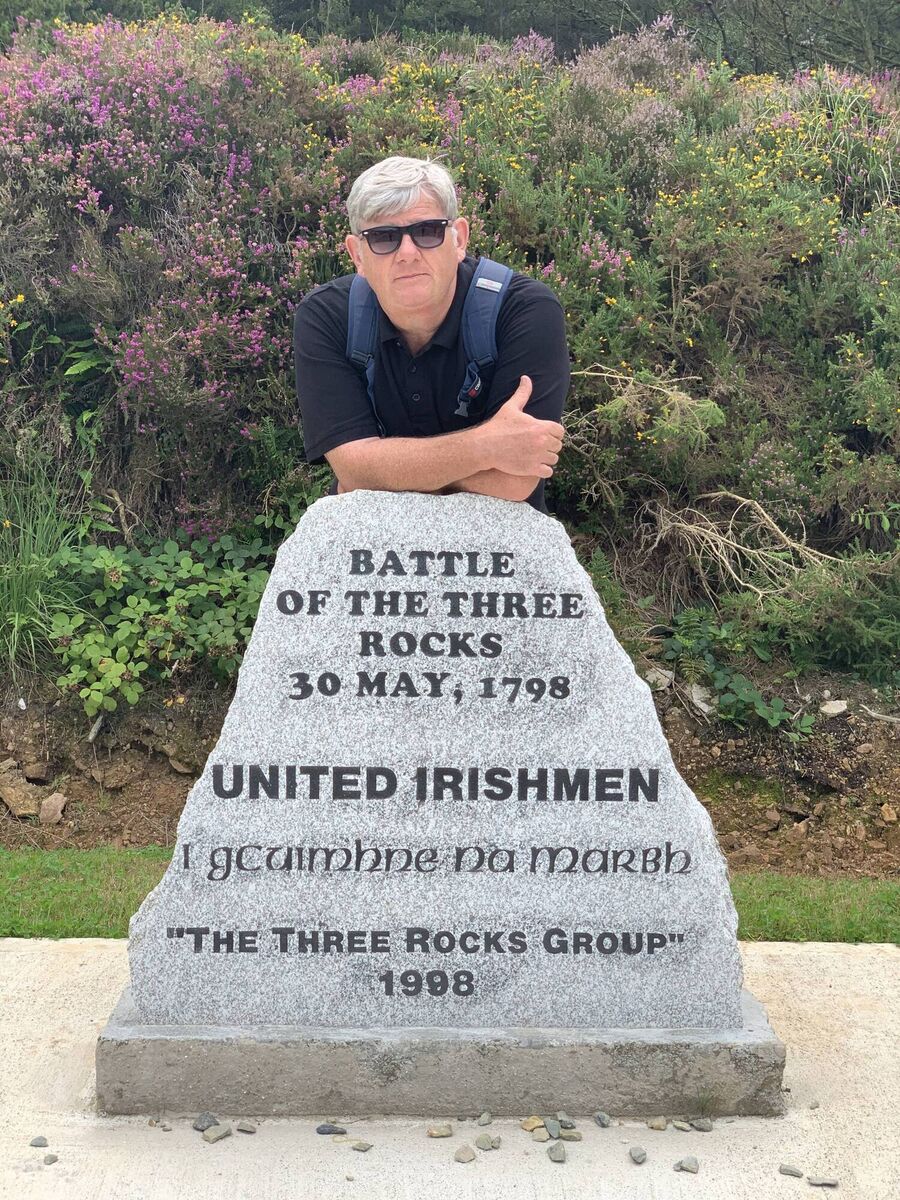
Of course, with the farm, came another place name that set the young Creedon’s wheels turning. “I had to enquire what 'Graigue', the name of the farm meant,” he says. After doing a two-year course in folklore later in life, he rediscovered the word on a walk in Kerry and was told it was usually meant for a farmhouse, a cluster of five or six buildings together. “I finally found out what it was. We always take these names for granted.”
Like his love of the Irish language, Creedon’s love of place names shines when he speaks about the country he is so passionate about.
“We’re the most surveyed country on the planet. The amount of details gathered in the 1800s is astonishing. We’re so lucky,” he says. “And while the British did rule us with an iron fist, many of the names were transliterated. In many ways they just kind of flipped them into an English form. It’s a dark history but it’s our history and it’s important to have it documented.”
It's hard not to be fascinated by his knowledge, which is a testament to his success as a presenter. Always in the background of his enquiring mind, of course, is his favourite place, Cork.
“There were a few places I wanted to do myself for the series, like Buttevant in North Cork. I always wondered what that name was about. Without researching it, the answer happened to be on the gates of Fota Wildlife Park. There’s a huge crest of the Barrymores and their motto, ‘boutez en avant’, in stone there. In history, the clan was given land across county Cork all the way from Buttevant to Fota Island. So Buttevant is actually a French name.”
On top of his wealth of knowledge about language, place names, and religious scripture, it turns out that Creedon is also an expert on the arrival of Viking and Norman clans in Ireland, which he puts to good use in the season’s first episode to explore the story of Buttevant further.
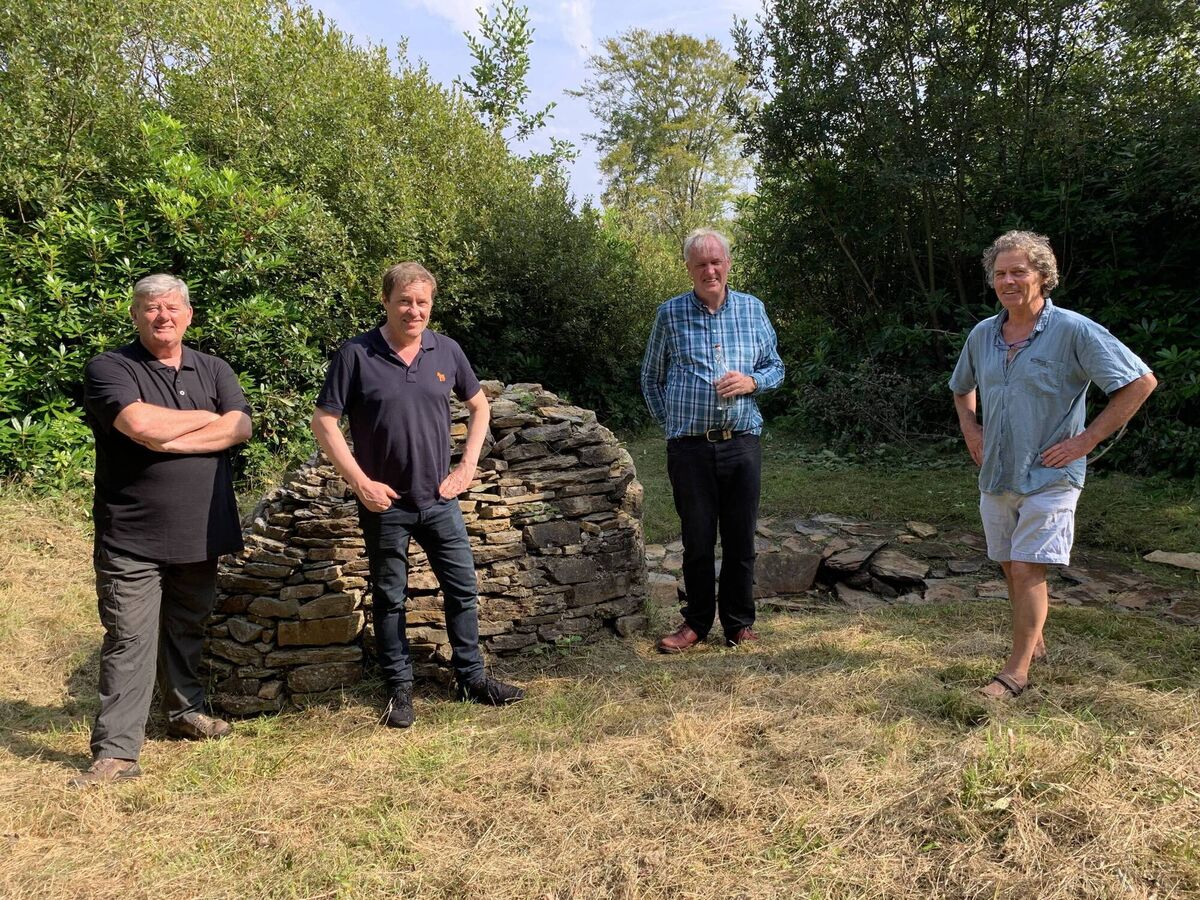
The team visits about six different places in each of the season’s three episodes, which were filmed last summer when the country was in an eased lockdown.
Episode one contains some experiences that Creedon particularly goes back to, such as exploring the Burren and going with Prof Luke O’Neill and actor, Ardal O’Hanlon, to visit Ballinspittle’s moving statue site in West Cork.
"But it has been a centre of devotion and an intense zone of religious fervor — and as Prof O’Neill proved to us, there is something in the water there.”
Though the past year has been tough, Creedon says there have been some upsides to being stuck within our borders, including the population falling back in love with Ireland’s geography.
“People seem to be very interested in place names and I think part of the reason is because of the lockdown. People are going on staycations for the first time in years and they’re asking questions. Even in our 5km, people are wondering about their areas more,” he says.
It was one of the many reasons the team pushed for the series to go ahead. While filming during a pandemic came with its challenges, Creedon says it was always a case of “the show must go on”.
“It was on-again, off-again, and the guidelines were ever-shifting. My colleagues and bosses really got it together in terms of redrawing a brand new blueprint for filming. It was right down to camera angles, how to get a shot without being within eight foot of the person.”
On the love of his geographical shows, Creedon believes it’s down to a connection between the viewer and his experiences.
As for the future of our place names, Creedon believes it might be time to create a new history that represents life in modern-day Ireland.
“Place names reveal who we are and what happened in our history. What would be wrong with naming a house in honour of all the Polish people living in Ireland now or a new estate in memory of the Filipino nurses who gave so much during the pandemic? This is our opportunity to leave our name under a stone for people in the future to see who we were.”
- Creedon’s Atlas of Ireland premiers on RTÉ One March 7 at 6:30pm



